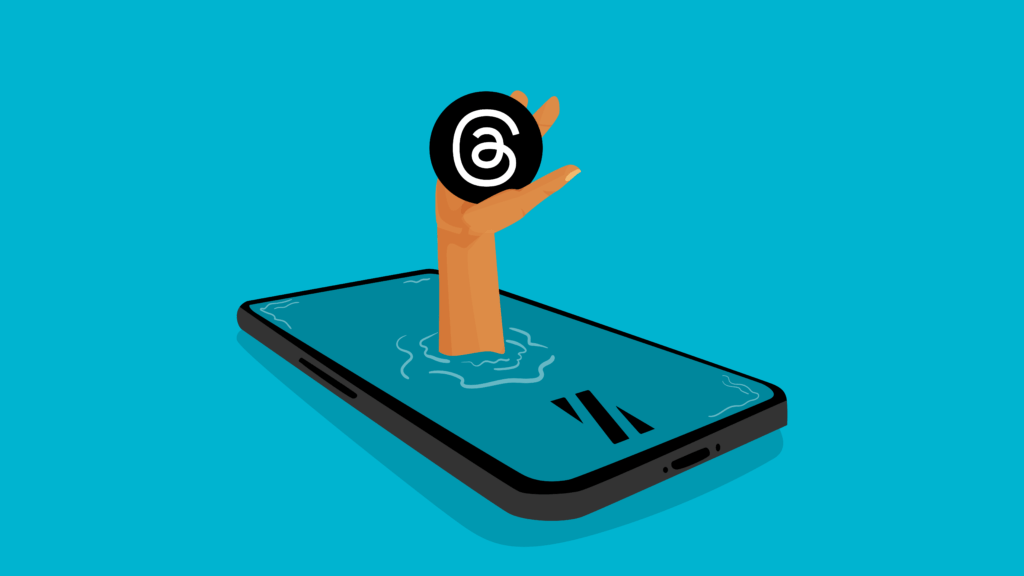Does the world need a new social media platform? Zuckerberg thinks we do

Threads has been available for nearly two weeks and is causing quite the stir with 100 million people jumping on the bandwagon in the first week alone and rumours swirling that it will mark the end of Twitter.
There are a lot of opinions out there, but what is Threads? We’ve gathered the facts on what we know so far; its purpose, the differences and share our thoughts on if there is a place for organisations on Threads.
What is Threads?
According to Meta, “Threads offers a new, separate space for real-time updates and public conversations.”
Threads has been built by the Instagram team and it’s linked to a user’s Instagram profile, so if you don’t have Instagram you will need to get that first. If you are an Instagram user this is handy because you can easily follow those you already do on Instagram; if they have a Threads account that is.
Posts are limited to 500 characters which can include links, and you can include up to 10 photos and videos up to five minutes in length.
The style of Threads appears to be a combination of Twitter and Instagram, however the feed is text-heavy.
What is the purpose of the platform?
Zuckerberg has said in the past that the hostility of Twitter is one of its failings and this has impacted its ability to grow; he wants Threads to be a large but friendly space.
Meta is targeting Instagram users who never embraced Twitter and are interested in participating in conversations in a more positive environment.
One of the ways Meta is trying to avoid a toxic environment is by discouraging the sharing of news, saying that it will not act as your “live news feed”. Meta will have some control of this by adjusting the algorithm to reduce visibility of “news-style” posts – this is currently happening on Facebook.
How is it different from what we already have?
There are a few key features missing from Threads that we are used to, but there is potential for these to be added to the platform. These include:
No hashtags – used as a way of making content more visible; allowing users to search for content of interest and connect into conversations. Often hashtags are central to marketing campaigns to create “communities” and collate all content shared for analysis purposes.
No direct messaging (DM) capability which means users will only be able to comment publicly. This isn’t a deal breaker however organisations need to understand that there isn’t the ability to invite users to have a private conversation via a DM when responding to a prickly comment or question – everything is out in the open.
Access is via the app only – you cannot access it on a computer via a browser. Again, not a huge problem however it will mean that anyone managing a Threads account will need the app on their phone.
So, should organisations embrace the new channel?
Organisations are already signing up to Threads and whilst it’s great to embrace new platforms, just because you can, doesn’t mean you should. Before signing up, do some investigating to ensure it will be a channel that benefits your business.
The tone of Threads is still being discovered; however it has been said that ultra-polished content/controlled statements are not suitable for the platform. It is more conversational, with short and sharp updates encouraged. So, to be successful here organisations need to deliver relevant content in a way that is suitable for the platform and audience.
Currently advertising is not available on the platform however this feature is expected to be added later in the year; stay tuned for what the costs will look like. So, for now organic reach and growth is it on Threads and the pace at which you can establish a large audience is not entirely known.
As this is a new platform – scheduling tools haven’t yet been connected so for now all posts will need to be done live and comments monitored manually. The time intensive nature of this is something else organisations need to consider.
The hype around Threads is real – will it live up to its intended purpose or will the little blue bird tweet to see another day?



